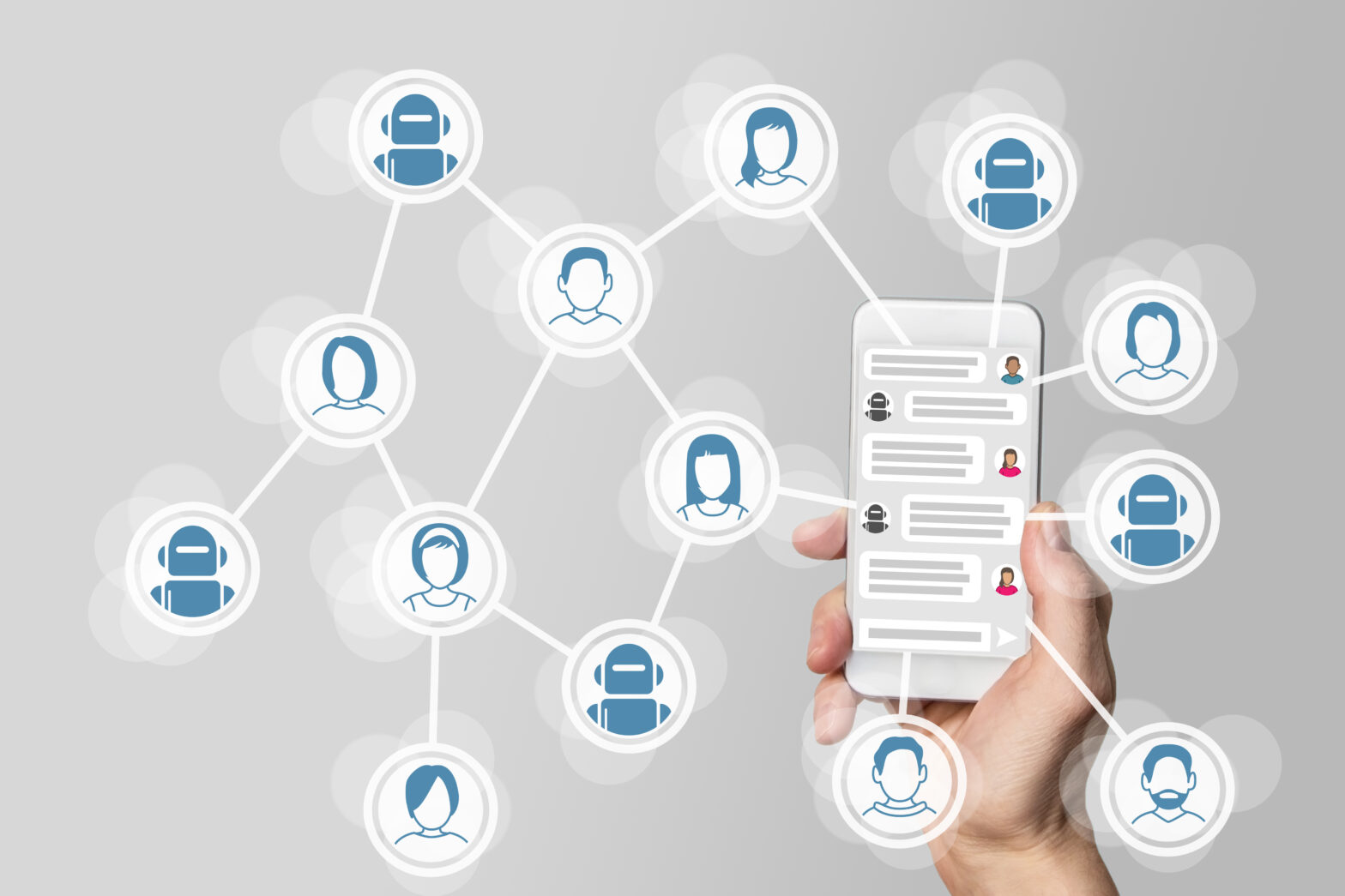Conversations around artificial intelligence and virtual reality are becoming increasingly common within the marketing space. It’s unsurprising as these technologies are on track to fundamentally change customer service by 2020, with marketers looking to AI as a potential way to improve their customer service offering.
In a recent study conducted by Oracle Marketing Cloud, 80% of the sales and marketing managers questioned already use the new technology or plan to do so by 2020.
>See also: Consumer receptiveness to chatbots is high
But what lies behind the hype?
Chatbots: the future of customer experience?
Customers become frustrated and feel disconnected when they get placed in a telephone queue or loop when trying to reach the customer service desk. This problem no longer exists with a chatbot. The virtual contact can be reached around the clock, from anywhere without the customer having to wait to call in office hours.
Traditionally chatbots have had a less than favourable reputation with consumers, but with more than one in three brands stating that customers and prospects prefer to complete a purchase or resolve service issues without speaking to a human associate, they could now be seen as an easy answer, not a barrier.
Forty-eight percent of sales and marketing leaders admit that digital and mobile technologies have caused the greatest change to how their customers and prospects interact with them.
More customers are increasingly using mobile devices to inform, communicate or buy, and they are very familiar with using a chat format. Chatbots give brands the means to adapt to this preferred form of communication as they can be integrated into apps like WhatsApp or Facebook Messenger.
Chatbots increase the quality of customer service
Call centre employees spend a lot of time answering standard recurring questions which can take up valuable time when trying to get to the root of the issue. Chatbots can clear most of it beforehand, giving human contacts more time to deal with more complicated concerns. In turn, their responses flow into the chatbot knowledge pool, so that they can become more complex with their responses in the future.
>See also: A CIO’s guide to chatbots: Everything you need to know
As well as general improvements to customer service, more specific, targeted customer service can be created through chatbots. Should customers have a log in, or be automatically remembered, chatbots can be armed with their data to draw from, past purchases, recent service issues, social media interactions and preferred ways of interaction – giving a further depth of customer service. In order to do this however, there would need to be a free flow of data between marketing, sales and service teams to ensure the information is relevant and accurate.
Chatbots are evolving as they work
Chatbots currently exist through simple text-based and menu-driven variants, with the communication following predefined structures and selection lists. If the customer can not solve their problem in this way, the bot passes the conversation seamlessly to a human service employee.
However, the next step is towards natural language processing (NL), artificial intelligence (AI) and machine learning (ML). As bots become more advanced, they will be able to understand language input and formulate responses independently.
Chatbots are not human – don’t try to fool your consumers
Organisations often give chatbots names or an avatar to make it appear more life-like. However, this is not always the right approach for every target audience. For example, Robbie the Seal is perfectly appropriate to pass on the opening times for children’s swimming classes. On the other hand, a formal, neutral greeting works better for a hotel.
>See also: The virtual assistant: the banks who are deploying chatbots
For brands in the initial stages of testing chatbots and their customers’ reactions to them, they should start by using members of their team as assessors of the process. Placing a human observer behind the human-bot interactions during the first stages will allow companies to look at what type of tone their audience responds best to, and the type of information they feel comfortable asking for, and expect, from a bot, rather than a human. This way you can create a chatbot that consumers will be willing to interact with, not be frustrated by.
You are already playing catch up
Many organisations are already succeeding with this technology so marketers that are not should start their plans to introduce chatbot technology today. Chatbots could be the key to bringing organisations closer to their customers as personalised experiences are proven to create loyalty.
With marketing becoming more data-driven, it gives chatbots the ability to provide customers with relevant information at the right time. In order to provide first-class service, companies need to be able to link complete and accurate customer data for chatbots to become a successful customer service tool. The results are obvious – it is time to get started today.
Sourced by Sylvia Jensen, senior director EMEA Marketing, Oracle Marketing Cloud
The UK’s largest conference for tech leadership, Tech Leaders Summit, returns on 14 September with 40+ top execs signed up to speak about the challenges and opportunities surrounding the most disruptive innovations facing the enterprise today. Secure your place at this prestigious summit by registering here







